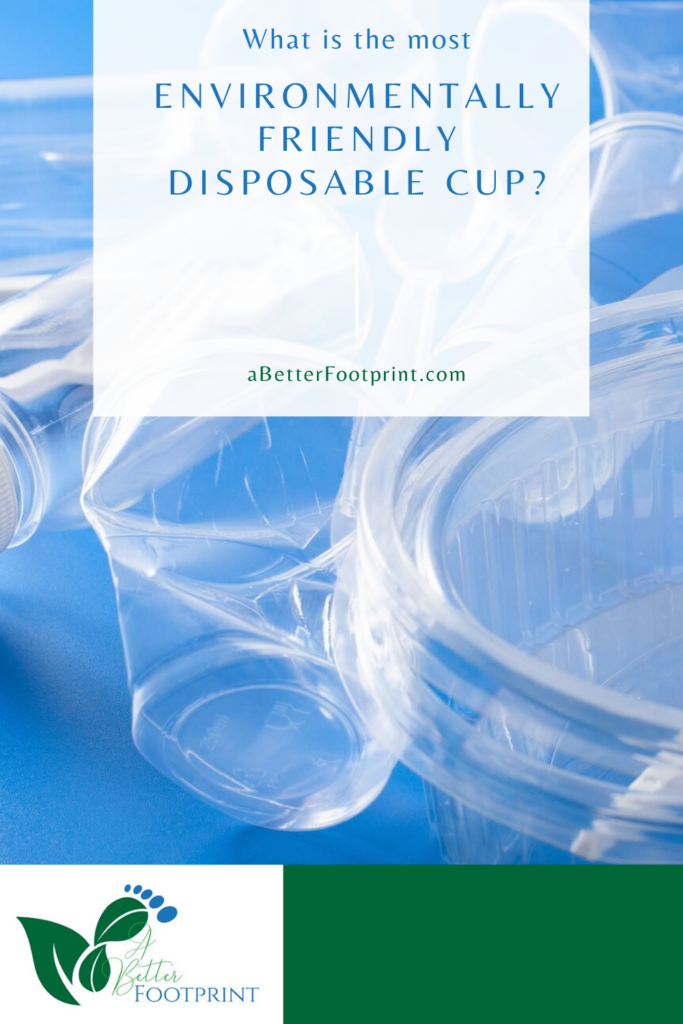There are many disposable cups that claim to be environmentally friendly. However, there is no such thing as a 100% green cup. This blog post will compare the environmental impacts of three different types of disposable cups: paper, plastic and ceramic.
With more and more organizations joining the petition to promote a zero-waste lifestyle, people are trying to switch from single use cups to reusable ones. However, not everyone is able to go cold turkey on the disposables and sacrifice the convenience they mean.
If you’re one of those people looking for the lesser evil in disposable cups, choose cardboard cups. While not completely friendly to the environment, given the fact that it is not biodegradable, cardboard cups have the least impact on nature.
Paper cups are still disposable cups
Because they are made of paper, many people choose paper cups over plastic ones, and for a good reason at that. Plastic pollution gets worse every day. The least we can do is to try reducing our plastic consumption in lieu of more environmentally friendly alternatives.
However, switching to paper cups does not put an end to the problem. In fact, it creates another one because the paper cups we use are also produced with plastic.
They are also non-sustainable choices and are not feasible for reusing, as they tend to soften easily after just one use. What’s worse about paper cups is that they are made from virgin pulp, instead of recycled materials. Not only do they contribute to the amount of trees being cut for massive paper needs, but also add up to the ever-accumulating trash in landfills.
Reusable Vs Disposable Cups
Choosing between the two is a no-brainer. Naturally, reusable cups are better for the environment. Some reusable cups may still end up thrown away after some time. However, their ability to be used many times lessens the trash we accumulate every year. A single reusable cup could possibly replace at least 100 disposable cups.
Because most paper cups are lined with polyethylene, they are not really environmentally friendly.
This is the reality that is often misunderstood. People think that when they use paper cups, they are helping the environment. What we fail to think about is how paper cups actually prevent liquids from seeping out if they’re purely out of paper. The truth is, most paper cups are lined with a sheet of plastic called polyethylene.
Thankfully, some companies are taking the lead in producing more sustainable paper cups. Instead of lining paper cups with polyethylene, they are now lined with a corn-based resin called polylactic acid (PLA). Although more organic, PLA-based plastic lining also has its own pros and cons.
What makes a disposable cup environmentally friendly?
Being environmentally friendly depends on many variables, such as emission, carbon footprint, plastic ingredient, and sustainability. As a general rule, paper cups are better for the environment when compared to plastic cups.
You can go as far as choosing which paper cups are best for consumption to make sure we do not contribute to the growing garbage problem. As a good example, cardboard cups are the simplest paper cups in the market. Most of them are made from bamboo fiber, known to be one of the most natural raw materials available.
Another factor to look at when choosing a disposable cup is looking which is made from the simplest materials. The simpler the process, the lesser impact it has on the environment.
Common questions about environmentally friendly disposable cups
Are paper cups eco-friendly?
Generally speaking, paper cups are better for the environment compared to plastic cups. However, the popularity of paper cups results in a lot of variations. True blue eco-friendly cups are made from cardboard and are lined with plant-based resin instead of polyethylene. Despite being disposable, their impact is not as bad as plastic-lined paper cups.
Are bamboo cups toxic?
Like paper cups, there are loopholes in bamboo cups being environmentally friendly. Several studies show that bamboo cups are treated with chemicals and can leach toxins into hot drinks. This is one of the biggest reasons why bamboo cups are not a popular alternative for plastic cups.
Are paper cups safer than plastic cups?
Yes. Paper cups are considered safer than plastic cups. They contain fewer chemicals and do not have as many toxic materials as plastic cups do. Some plastic cups are also made from harsh BPA-containing materials, which is known to cause various health problems.
Going green is such a trend these days that a lot of companies advertise their cups as environmentally friendly. More often than not, such statements are just a part of their marketing ploy. It still pays to research how these disposable cups were made to ensure you are right on track to living green.


